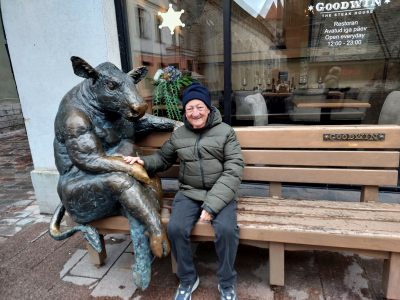

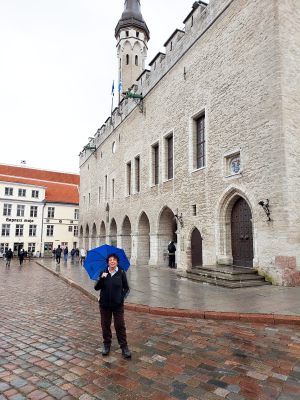



We really
didn’t feel like touring but in the evening we were
pleased to meet Heini and Tina Drue, our Estonian cousins. Heini
is Doreen's second cousin.They
took us to Harg, a Michelin
Guide
restaurant right around the corner from our hotel. The food was
delicious and
the company excellent while the conversation centered around catching
up on our
respective families.
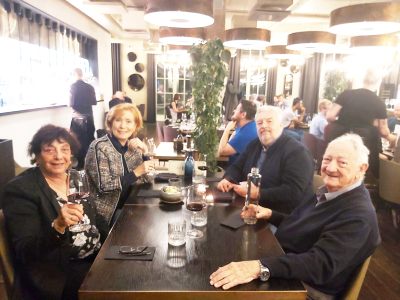
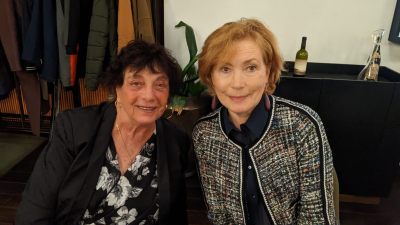
The
following morning they fetched us and together with Heini we
took the train to Tartu, where Doreen's paternal grandmother Nessie was born and where much of my
grandmother’s family had
lived. Heini
warned us that very little remained of the town before the War. We took
a taxi
to where the synagogue used to be; now a parking lot with an
indoor
water park dominating the square. We found the little sign recounting
the
history. On the other side of the road were apartment blocks, built by
the
Russians after the war, replacing the houses of the Jewish quarter. I
could
picture the wooden houses, each with a small area, perhaps with a
chicken or
two, a place for growing vegetables. The slanting roof of the house
would have had
a chimney piercing it with smoke rising up in the cold winters, when
temperature could drop to below 20 degrees Celsius.
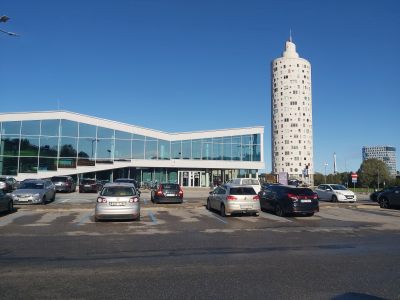
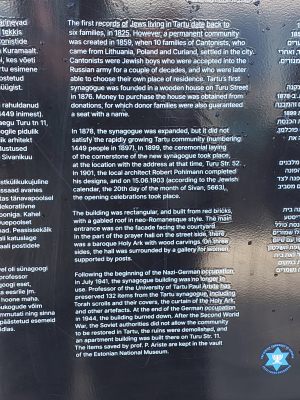
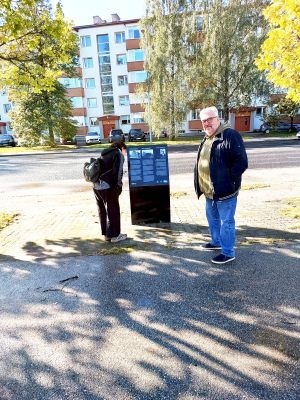
We walked
along the Emajogi Rver while Heini recounted how his
grandfather would take him fishing in his grandfather’s boat.
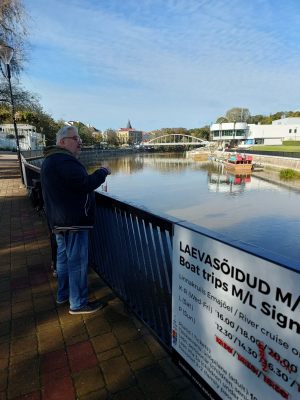
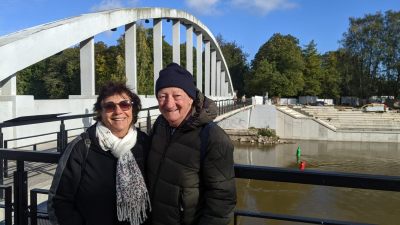
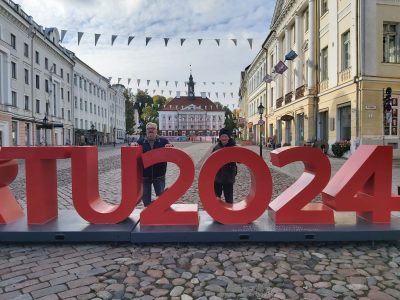
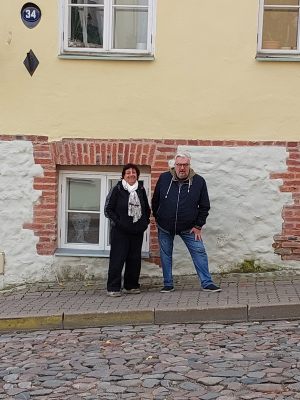
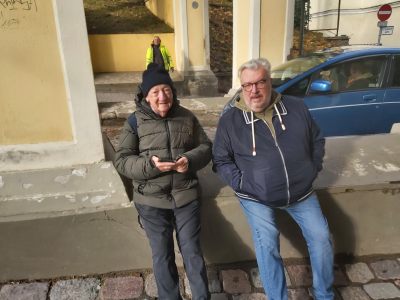
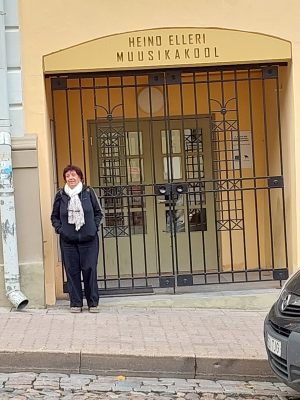
Our
next
stop was at the Estonian National Museum, devoted to
Estonian everyday life. The most impressive part was a display of huge
agricultural equipment prepared for an agricultural exhibition.
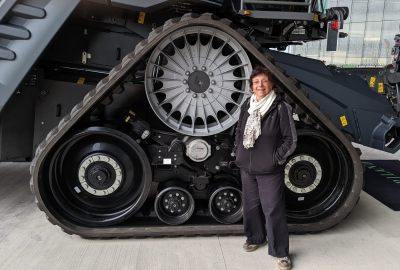
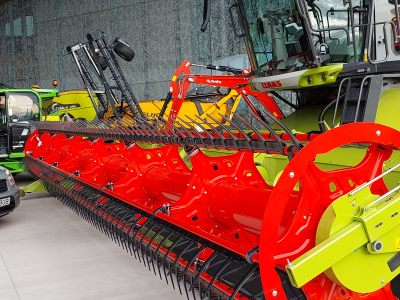
The
museum itself was mainly about Estonian history and culture. Interesting to read that under Russian
occupation
blue jeans were a most sought after commodity, reflecting disdain for
the
Russians. What impressed Eitan most was that we each were given a
language
card. By placing it on the Estonian text next to a display, an English
translation immediately appeared. There were other cards that
translated the
text into another six languages. I found
the text at a level more suited to children so we had to bend to read
what was
written. I found it disappointing.
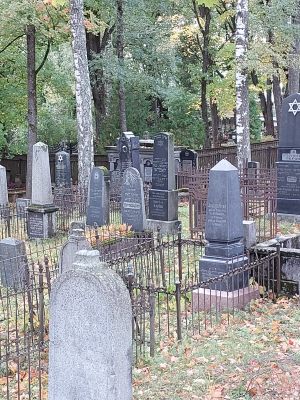
The next
morning we took a guided tour on the way back to Riga. It
was cold and rainy and we really weren’t in the mood for touring. But
we saw
ruins of ancient castles from Crusader times and of ‘noble’ families in
Viljandi. Something we are not familiar with.
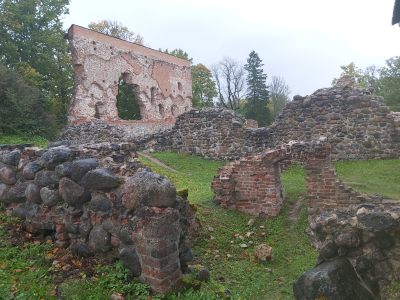
We
visited a military
museum in
Valga mainly devoted to the struggle by the Latvians and Estonians
against the
Russians. As we left Estonian Valga
we crossed
the road and entered Latvian Valka.In 1991 when independence from
Russia was
gained, borders between Latvia and Estonia were drawn, dividing the
village
into two, although passage between the two countries is quite open.
We
drove to
the Gauja National Park bordering the Gauja River. We walked along a
trail
bordered by tall pine trees and birch and some oaks. The path had many
steps
going up and down and past white sandstone outcrops, a major
attraction,
especially for those with an itch to carve their names and the date of
their
visit.
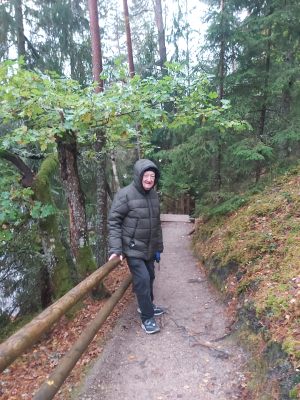
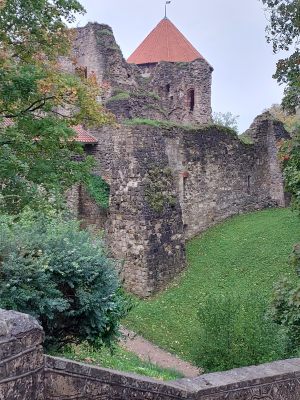
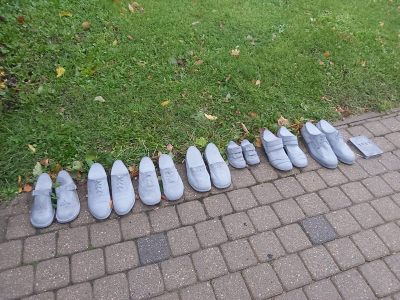
Stopping
at Sigulda we were somewhat dismayed by the large walkway
towering above us – oh no! More steps to climb. Sigulda is a bobsleigh,
luge
and skeleton track with an elevator to the top. There is also a smaller
track
for beginners. Happily the track was closed so we were not invited to
try out our skills!
Arriving
back in Riga we then had to find a way back to fly to Israel,
which Eitan did. After leaving our hotel at midnight on Friday night we
arrived
back in Israel, via Athens and Larnaca early Saturday morning - a 21
hour trip.
Flying to Ben Gurion airport entailed a long path over the West Bank.
The plane
was dark without the usual lights on. It was tense, especially as the
pilot,
after hearing that there had been sirens in Tel Aviv, assured us that
the plane
had plenty of fuel and could remain in the air as long as needed. But
what if
we were hit….?
Kol
Hakoved to the crew who had to do this nerve wracking journey
twice a day.
It was
very good to be back home in spite of the terrible events.